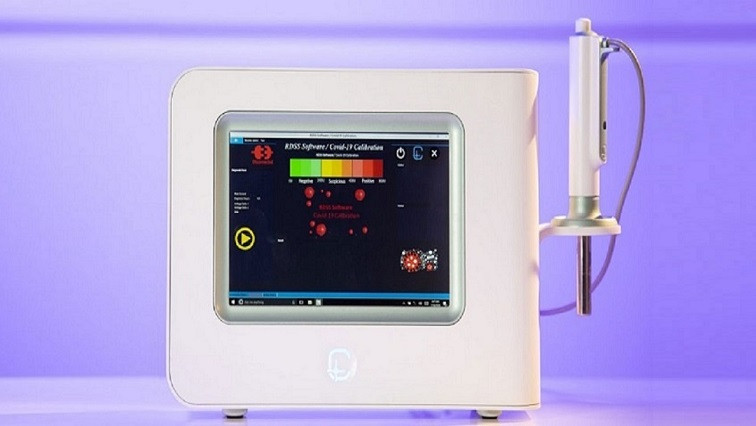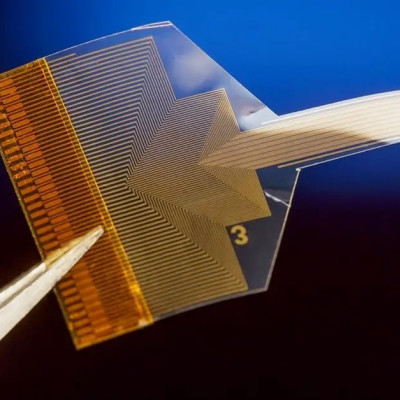Troubleshooting the controversial tragedy of COVID-19 pandemic therapeutic actions, various detection systems have been introduced to be the master key of remedy procedure as the first step. In addition, attractive and recent advances in material science appear to be a relevant possible option for new progress in detection apparatus and process aiming the aforementioned health level destination.
In line with these descriptions, the Mostafa Award prize winner, Dr. Abdolahad, has lately developed and patented an electrochemical sensor containing electrodes on the basis of multi-wall carbon nanotubes (MWCNTs) in the nanobioelectronic devices laboratory of Tehran University leading to virus detection in probable engaged cases of sputum for an expeditious diagnosis in 30 seconds.
The mentioned system operates based on ROS/H2O2 amount measurements in which ROS refers to mitochondrial reactive oxygen species. Scientists working on treatment and diagnosis pathways, designed and performed clinical trials based on these electrochemical sensors to obtain virus detection following the abnormal ROS production as the main sign of lung diseases and specifically COVID-19 existence in the patient body.
These species are the actuator agents for the NLRP3 inflammatory protein complex as the result of natural body inflammation response, and this special application of discussed chemical sensors has been reported in Biosensor and Bioelectronics journal.
It should be pointed out that for distinct lung diseases, we can report various ROS amounts which may be more (e.g., asthma, acute pneumonia, and fibrosis patients with chronic Pseudomonas aeruginosa lung infection) or less than natural conditions such as this case of SARS-COV studied by developed instrument.
Current investigation has been applied to 140 cases for device calibration and calibration pattern obtainment assisted by CT scan, CBC, and RT-PCR tests, and results of these experiments correlation. In the following, the achieved outcome has been utilized to check and realize 94% accuracy and selectivity of designed diagnosis system with 92% confidence for other 30 clients being under experimentation in comparison to named tests (such as CT scan) which are proven to present certain precision.
It's noteworthy that the explained type of ROS quantifications can replace other alternative options; for example, electron spin resonance (ESR), fluorescent-dependent methods, and chemiluminescent probes in accordance with its unique feature of instant and real-time ROS measurement.
As an invitation for participating in the recent survey published by StatNano group, the mentioned subject elucidation may help you decide about the most effective nanotechnology event of 2020 in the following link:







